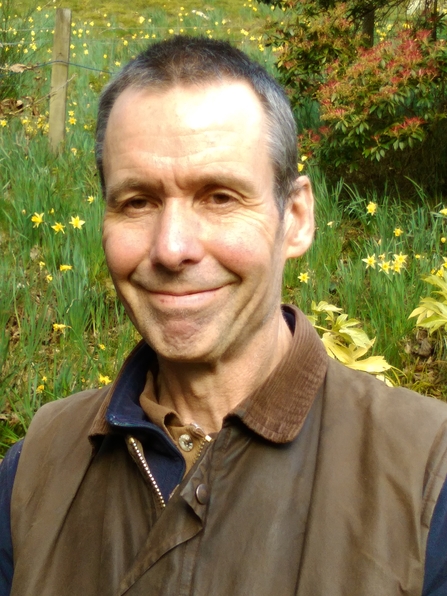I observed in shock and horror recently at the brutal destruction of the bright yellow flowering perennial Lysimachia vulgaris (yellow loosestrife) from a beautiful mixed flowering border. The plant is native to the wetlands and damp meadows and forests of south and east Europe.
It's just one of those brightly coloured perennials that gardeners/horticulturalists, love, or loath! Certainly, just for its bright coloured yellow flowers alone, which doesn't always sit well into the colour pallette of some gardeners, it's despised, coupled with that of it being classified as a weed.
The perennial is one of those flowering subjects you will spot in country hedgerows and lanes, and indeed we have it just beyond our garden boundary, but it also adorns the local Quaker Meeting House garden (wonderful). It's easy to tax the mind and explore, does it seed from hedgerows to garden, or visa versa? Maybe we need to come back to that on another occasion!
I love to keep it in any garden, and it's so important to appreciate the value to wildlife. The flowers have no nectar, but they are packed with pollen which attracts bees, and mainly hoverflies.
Spot the hoverfly on the image. This image was taken early morning between 5.30- 6am, the gentle hum of the hoverflies was incredible, and although their comings and goings were like a busy train station, it still took me a good 15 mins to secure this image.
The image of the Lysimachia in the foreground of the mossy stump is a great example of a gem of a garden corner for attracting insects. The combination of the plant and stump is a fine example of a natural haven for wildlife.
But it's not just the pollen that draws them in. I've undertaken some research and patient observation which also shows that insects are attracted to brightly coloured flowers too in the colour spectrum.













